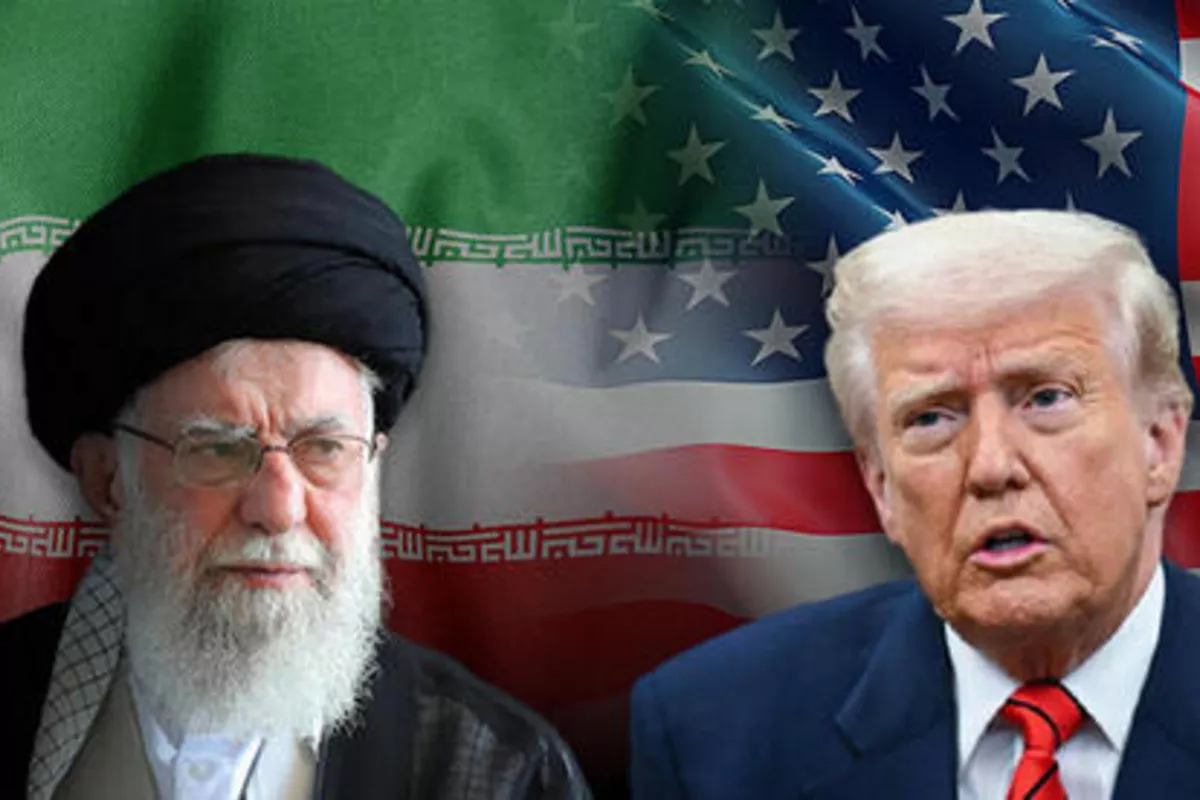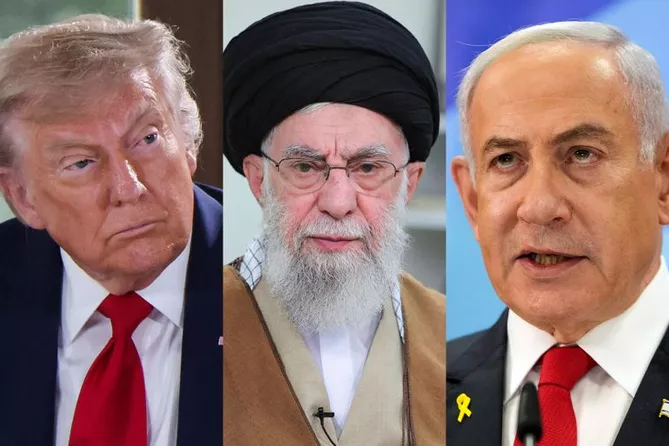
Photo: CameraObscura82/Shutterstock, Smolkov Vladislav/Shutterstock, Mohammed Yassin/Reuters, Iranian Leader's Press Office, Mandel Ngan/AFP
The war against Iran, launched in the early hours of June 13, 2025, risks escalating into a broader and more devastating conflict. Indirect signs strongly suggest that the United States is preparing to become an active participant. The goal appears to be regime change - replacing the Islamic leadership with a more compliant government.
Washington has long been frustrated by Iran’s involvement in international alliances such as the Shanghai Cooperation Organization (SCO), and its growing ties with China and Russia. The immediate trigger for the war has been Iran’s nuclear and missile programs, as well as its support for proxy groups hostile to the U.S. and its allies.

Credit: Getty Images/iStockphoto
In the long run, regime change is seen as inevitable - particularly as Iran’s current leadership has long lost the trust of its people. While Israel is effectively degrading Iran’s missile and nuclear infrastructure, there is a critical limitation: the Israeli Air Force lacks the deep-penetration bunker-busting bombs and delivery systems required to neutralize hardened underground facilities. This is where U.S. involvement becomes crucial.
The likelihood of such involvement increased sharply on June 17, when President Donald Trump abruptly left the G7 summit in Canada and convened an emergency meeting with his top advisers in the White House Situation Room. Though no official statement followed, it was soon reported that Trump called Israeli Prime Minister Benjamin Netanyahu immediately after the meeting. What the two leaders discussed remains unknown. What is clear, however, is that there is no unanimous consensus within Trump’s inner circle about direct U.S. military involvement in the Middle East - but momentum is building.
One troubling sign: President Trump reportedly disregarded intelligence assessments indicating that Iran does not yet possess nuclear weapons. U.S. officials have said that the next 24 to 48 hours will be critical in determining whether a diplomatic solution is still possible - or whether military action is now unavoidable.
Adding to the sense of urgency are Trump’s own words. His rhetoric against the Iranian regime has escalated significantly in recent days. In a post on Truth Social, the president wrote: “We know exactly where Ayatollah Ali Khamenei is hiding. He’s an easy target - but for now, he’s safe. We are not taking him out... yet. But we will not allow missiles to rain down on civilians or American soldiers. Our patience is running out.”

Photo: U.S. Naval Forces Central Command
There are also other signs of imminent U.S. military action. According to Israel’s Channel 12, citing Israeli officials, the U.S. could join Israel’s strikes against Iran on the night of June 19. Reports confirm that the U.S. has already deployed additional fighter jets to the Middle East. Reuters, quoting American officials, described the buildup as “defensive.” However, sources indicate that GBU-57 bunker-buster bombs are now targeted at key Iranian nuclear sites. Over 30 KC-135 refueling tankers have also been deployed, suggesting preparations for a large-scale aerial assault on nuclear facilities in Fordow, Natanz, Parchin, and elsewhere.
Additional signs of U.S. readiness include the reported redeployment of troops and the dispatch of the USS Thomas Hudner to Israel, where it has been assisting in intercepting missile attacks from Iran. More U.S. aircraft carriers are en route to the region, including the USS Nimitz. Fighter jets and bombers are arriving continuously. Even food rations at military bases have reportedly improved - a familiar prelude to major operations.
Earlier, Trump called for the “immediate evacuation of Tehran,” triggering widespread panic and a mass exodus from the capital. Washington has accused Iran of “foolishly” rejecting a nuclear deal under terms proposed by the United States. Notably, Trump had given Iran 60 days to accept the deal - and on the 61st day, Israel launched its campaign.
Meanwhile, Trump is under increasing pressure from within the Republican Party to act more decisively - even to the point of direct intervention. Though he is personally reluctant, political realities often leave leaders with few options. Publicly, the White House continues to deny any role in Israel’s military operations. Officials insist the U.S. has provided neither intelligence nor logistical support.
For Trump, the priority was originally to reach an agreement with Iran to prevent it from acquiring nuclear weapons. However, the deal proposed by the U.S. placed Iran in a humiliating position - one that the regime of the ayatollahs could not accept without violating its ideological principles. Today, Iran signals it may be willing to return to the negotiating table - but only after a ceasefire with Israel. That condition may be a non-starter: Israel, having achieved significant military gains, is unlikely to halt its campaign midway. Wars are not stopped halfway to victory - and President Trump knows this well. He has repeatedly stated that the U.S. now controls Iran’s airspace.

Photo: AFP
In recent days, Trump’s statements have become increasingly firm, and speculation is growing that the U.S. could begin supplying Israel with large-caliber American bombs. Yet this scenario appears unlikely - the U.S. is not inclined to share the glory of victory, even with its closest ally. Washington likely prefers to deliver the final blow itself - and to play the role of peacemaker in the aftermath. The nuclear deal is now off the table. Through its own reckless policies, the Islamic regime has signed its own death warrant.
Public confidence in the Iranian leadership has collapsed. The military - including the Islamic Revolutionary Guard Corps (IRGC) - is becoming demoralized. Many Iranians are listening more closely to evacuation instructions issued by the Israeli military than to their own government. Meanwhile, the opposition - though still fragmented - is growing bolder. Calls for regime change are becoming louder and more insistent.
For now, the opposition lacks a unifying leader - but such figures have a way of emerging suddenly. One potential rallying figure is Reza Cyrus Pahlavi, heir to the former Iranian monarchy. He appears to be a candidate acceptable to both the U.S. and Israel. His calls for unity are growing louder - and may soon resonate across a nation on the brink of historic change.
Share on social media